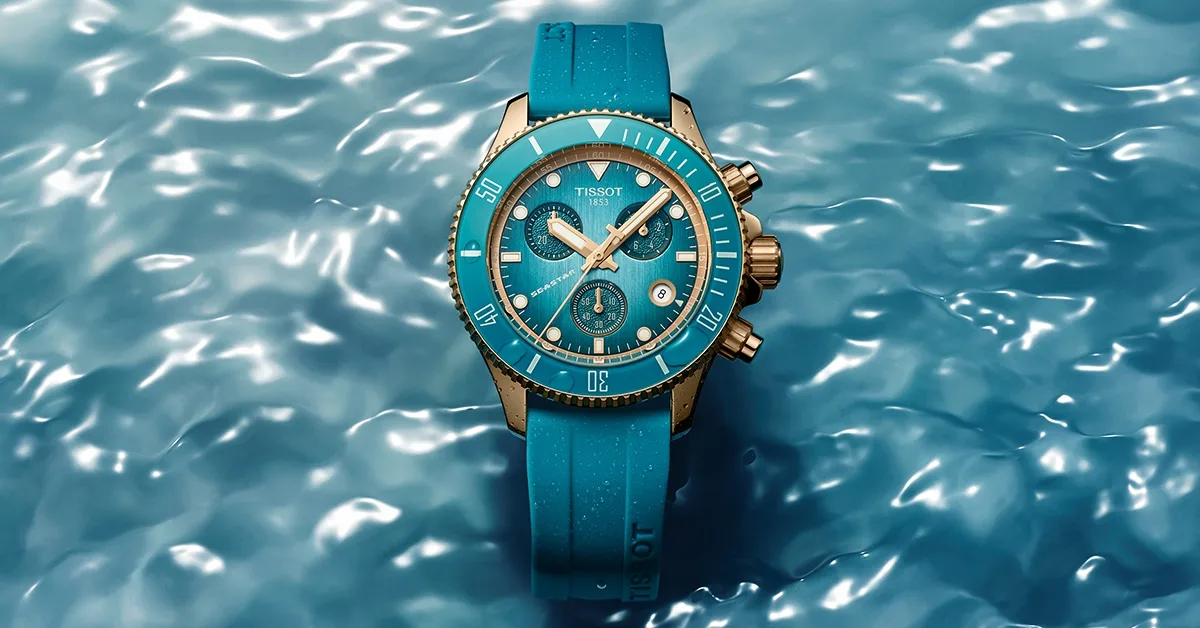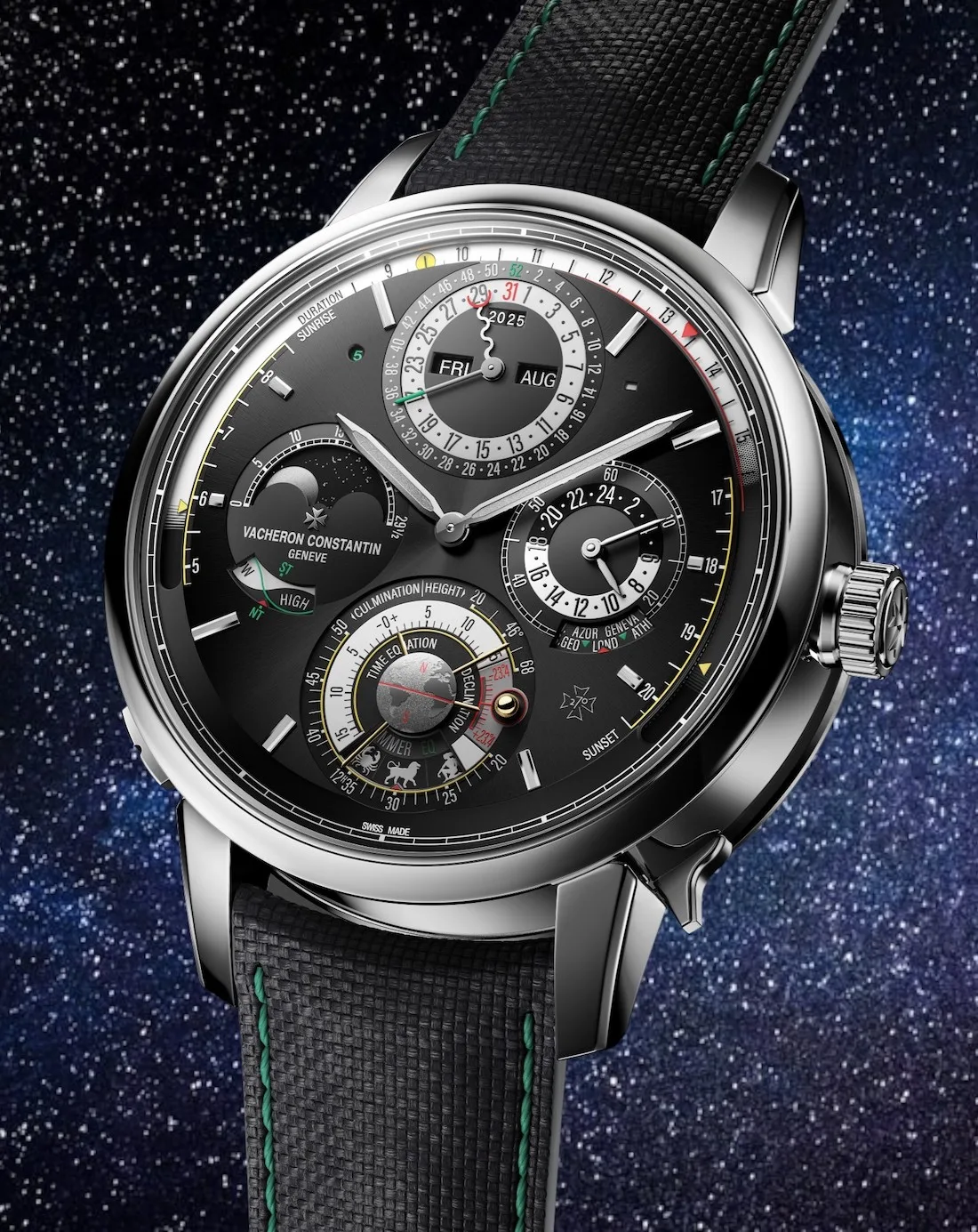Working as a lowly press officer at Sotheby’s Bond Street salerooms during the early 1990s brought me into contact with any number of interesting people, some more ‘interesting’ than others – but perhaps, the most truly interesting of all was the legendary art critic Brian Sewell.
Anyone remotely connected with the global art scene of the time knew him for the often acerbic, usually outspoken, unfailingly controversial but always eminent columns he wrote for the London Evening Standard after taking over the gig in 1984.
Famed for the almost comically exaggerated ‘received pronunciation’ with which he spoke, Sewell was perceived as an arrogant snob by many – but I saw only a man of uncommon intelligence and knowledge who combined a wicked sense of humour with a resolute belief in speaking his mind.
As a result, everyone in the art world knew that there was no point whatsoever in inviting him to a ‘view’ at which other people would be in attendance. For him, only a ‘private view’ was acceptable – i.e. ‘private’ in the sense that no one else would be there.
And it was just such an occasion that first brought me into contact with him. Stepping through a door behind the ‘works of art counter’ (as Sotheby’s St George Street reception desk was called) my eyes alighted on a shortish, strangely powerful-looking man with white hair and kindly, mischievous eyes. He was wearing a loosely-tied cravat and light, summer clothes.

“I’ve come to see some Old Master Drawings. Is it you?” he asked without introduction.
“No, I’m from the press office,”
I responded.“That’s a shame…” replied my unashamedly flirtatious interlocutor, who later said of being gay “I never came out – but I have slowly emerged.”
Now is probably the time to mention that I am not gay, never have been and probably never will be. But that didn’t prevent Sewell and I striking up a sort of friendship based around a mutual interest which, some might be surprised to learn, was old motor cars. He adored them and probably knew as much about the history of the major marques as he knew about the history of art (which was rather a great deal).
At the time, Sotheby’s had an in-house department specialising in classic motors, and Sewell would often telephone me to ask about one lot or another that he had spotted in the latest catalogue and was either contemplating buying or writing about for the occasional – and of course unconventional – motoring page he wrote for the Standard’s large format ‘ES’ magazine.
I can almost hear him now, correcting me in his OTT ‘RP’ for stating that the engine of
a pre-war Riley Lynx that he rather fancied had twin camshafts.
“I think you mean twin high camshafts – that’s a rather different matter,” he said. “Percy Riley developed the system in 1926. Twin, gear-driven camshafts mounted high in the block, operating the valves via short pushrods. It gave the advantage of a twin cam engine without the same complexity.”
People who thought he was simply an out-spoken old queen who liked to upset the art world establishment might have found such in-depth mechanical knowledge surprising. But Sewell was always full of surprises.
His father – whom he discovered only in 1986 to have been the composer Peter Warlock – died from coal gas poisoning in a flat in Chelsea’s Tite Street seven months before Sewell arrived on Earth, the product of his mother being one of the Bohemian Warlock’s intermittent girlfriends.
The family name was taken from that of Robert Sewell whom Sewell’s mother, Mary, married when her son was five.
Before he came into their lives, mother and son lived happily in a tiny cottage at Whitstable on the Kentish coast without ‘two pennies to rub together’. All the same, she allowed the three-year-old boy to have a dog, a mongrel called Prince, which became Sewell’s constant companion until August 31, 1939 – when, with war looming, his step father took Prince to the beach, shot him dead and let the tide take the corpse.

The fact that Sewell later said that it had been ‘exactly the right thing to do’ – given that the family was moving to London in a bid to avoid potential German attacks on the vulnerable Kentish coast – says a lot about the deep-thinking intelligence of the man who went on to love dogs more than humans and took in numerous canine waifs and strays throughout his life, always allowing them to sleep on his bed.
The move to London led the young Sewell to become a pupil at Haberdashers’ Aske’s school in Hampstead where, at the age of 11, he discovered a ‘rampant sexual nature’ that he largely managed to control while doing national service in the Royal Army Service Corps during the early 50s prior to finding his niche as an outstanding student at London’s Courtauld Institute – where he became a close friend of director Anthony Blunt, whom he subsequently sheltered from the press after he was outed in 1979 as the ‘fourth man’ in the Cambridge spy ring.
Blunt’s influence helped Sewell to a top job in the Old Masters department at Christie’s, where he established a reputation for having a good ‘eye’ and knowledge beyond his years, attributes that enabled him to quit the house in 1966 and set-up as a freelance art adviser who travelled around Europe researching, finding and buying.
But it was only as a result of the Blunt scandal that Sewell’s name became widely known to the British public, causing Tatler editor Tina Brown to offer him the job of art critic in 1980 – a role he embarked upon with gusto, writing about the work of his friend Salvador Dalí who, Sewell claimed, once asked him to lie in the foetal position in the armpit of a statue of Christ while masturbating.
It was only after being taken on by the Standard, however, that Sewell’s true genius came to the world’s attention. Famous for despising most contemporary art and the artists who created it, he would also use his often poisonous pen to dismiss artists who were revered by dealers, auction houses and the moneyed collectors they served.
Lucien Freud, for example, was belittled by Sewell for “…allowing his paintbrush to crawl into a woman’s crotch with the insistence of a caterpillar into a cabbage heart.”
Regardless of how well or badly they were received, his Evening Standard art pages proved so popular that he was invited to write on other topics, producing considered and insightful pieces on everything from the world’s abuse of water to the immorality of the Iraq war.
Once firmly established as a British institution, Sewell was inevitably invited to appear on television shows such as the BBC’s Have I Got News For You and was even given his own series, The Naked Pilgrim, about the journey to Santiago de Compostela, and the 10-episode Grand Tour in which he drove his Mercedes-Benz 560 coupe (mostly barefoot) between the celebrated artistic centres of Europe. All the while, Sewell suffered serious heart problems (I once telephoned him to discover that he was lying in the hallway of his Kensington home having suffered a coronary, surrounded by worried dogs and awaiting the arrival of an ambulance), but his remarkable energy – enhanced by a super-human appetite for coffee – enabled him to complete two volumes of autobiography in 2011 and 2012, respectively entitled Outsider and Outsider II.
Sleeping with Dogs followed in 2013 and charted his lifelong attachment to man’s best friend, with his final book, The White Umbrella, appearing shortly before his death in September 2015 at the age of 84.
I’ll always regret not having said goodbye -but I’ll always remember the finer details
of a Riley engine’s twin high camshafts…


















Show Comments +